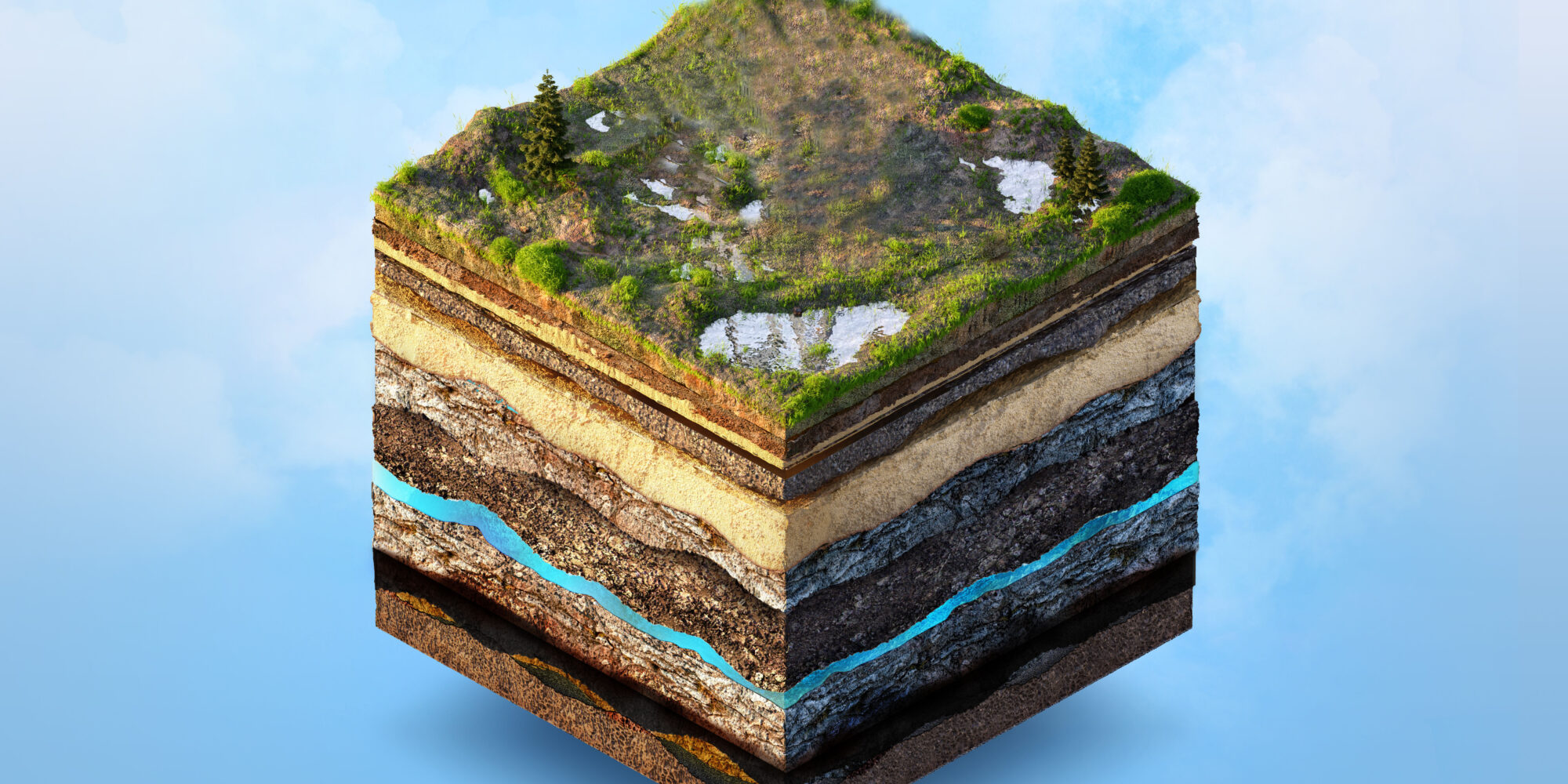Diving Into Geotechnical Services: the Essential Role of Soil Analysis, Earthquake Threat Analysis, and Geosynthetics in Structure Sustainable and Safe Structures
Dirt evaluation, earthquake threat evaluation, and the implementation of geosynthetics are essential elements that make certain the integrity and long life of buildings. By understanding the composition of the dirt, predicting seismic threats, and integrating ingenious products, designers can alleviate dangers and improve the strength of framework.

Value of Dirt Analysis
Recognizing the significance of dirt analysis is crucial in guaranteeing the structural stability and stability of any building and construction job. Dirt analysis gives vital information about the dirt structure, stamina, and potential risks that might affect the foundation of a structure. By performing thorough soil analysis, designers can establish the appropriate structure design, construction approaches, and essential preventative measures to reduce any type of potential threats.
One of the key reasons dirt analysis is vital is its duty in determining dirt residential properties that could affect the security of a structure. Aspects such as dirt bearing capability, settlement qualities, and water web content can substantially influence the architectural performance of a building and construction task. Without correct dirt analysis, the foundation might go to danger of working out erratically, leading to architectural damages or also collapse with time.
Moreover, soil evaluation assists in assessing the danger of all-natural calamities such as landslides, floods, or quakes. By understanding the soil's habits under various problems, designers can apply suitable measures to improve the resilience of the structure and ensure the safety and security of owners. geotheta. In verdict, soil analysis is a fundamental action in the building process that should never ever be forgotten
Assessing Quake Dangers
Given the vital duty of soil analysis in identifying architectural stability, it is critical to also assess earthquake threats when preparation and constructing buildings and facilities. Earthquake risk analysis involves examining the potential seismic dangers that a website may deal with based on its location and geological qualities. This process assists programmers and engineers understand the degree of threat postured by earthquakes and help in designing structures that can endure such events.
Assessing quake threats usually involves examining historical seismic task in the area, establishing the site's proximity to geological fault, and assessing the dirt composition to predict just how the ground will certainly react to seismic waves. By carrying out a complete earthquake threat evaluation, designers can implement ideal mitigation steps, such as incorporating seismic-resistant layout features into buildings, to enhance their resilience versus quakes.

Role of Geosynthetics
Geosynthetics play a crucial function in improving the efficiency and durability of civil engineering frameworks. One vital facet of geosynthetics is their reinforcement capacity, where they can improve the toughness of soils, supplying boosted assistance for roads, embankments, and maintaining wall surfaces.
They are also made use of in drain applications to promote the effective flow of water, protecting against saturation and erosion of soil. In enhancement to their technical functions, geosynthetics are valued for their sustainability, as they can decrease the demand for natural sources and lower building and construction expenses.
Building Lasting Structures
The execution of environmentally aware practices in building and construction is pivotal for cultivating the development of lasting frameworks. Building lasting structures entails utilizing materials and design techniques that lessen ecological effect, minimize power intake, and advertise long-lasting strength. Integrating sustainable methods such as making use of recycled materials, enhancing energy efficiency, and executing eco-friendly structure certifications like LEED can dramatically enhance his response the environmental efficiency of a structure.
One key element of structure lasting structures is the effective use sources. This consists of designing buildings that maximize all-natural light, ventilation, and insulation to reduce the dependence on artificial lights, home heating, and cooling systems. Additionally, integrating renewable resource resources such as photovoltaic panels or wind turbines can further reduce the carbon footprint of a building while click here now likewise potentially reducing long-lasting power prices.
In addition, lasting frameworks usually focus on water conservation by including attributes like rain harvesting systems, low-flow components, and drought-resistant landscaping. By embracing these eco-friendly techniques, building and construction tasks can not just minimize their ecological effect yet additionally add to developing much healthier and much more durable built environments for future generations.
Ensuring Security in Building
In the realm of lasting building and construction techniques, an essential priority is ensuring the safety of all employees associated with the building process. Safety and security in building includes numerous elements, including making use of correct personal safety devices (PPE), adherence to safety methods, routine training on risk acknowledgment and mitigation, and the execution of emergency situation action plans. Building and construction sites are naturally dangerous environments, with prospective threats varying from falls and dropping items to architectural collapses and electrical crashes (geotheta). As a result, it is vital for construction companies to prioritize safety procedures to prevent crashes and injuries.

Verdict
To conclude, dirt evaluation, earthquake danger analysis, and using geosynthetics play crucial functions in guaranteeing the sustainability and safety of structures. By recognizing the homes of dirt, reviewing quake threats, and utilizing click for more geosynthetics for reinforcement, engineers can develop frameworks that are both resilient and resilient. It is necessary for construction professionals to prioritize these geotechnical services to create secure and sustainable buildings for the future.
Soil analysis, earthquake risk analysis, and the implementation of geosynthetics are vital components that guarantee the stability and durability of buildings. Soil evaluation gives essential information concerning the dirt make-up, toughness, and possible dangers that may impact the foundation of a structure.One of the key factors dirt analysis is essential is its duty in recognizing dirt residential properties that can affect the stability of a building.In verdict, dirt evaluation, earthquake risk analysis, and the usage of geosynthetics play important duties in ensuring the sustainability and safety and security of frameworks. By comprehending the residential or commercial properties of soil, reviewing quake risks, and making use of geosynthetics for support, engineers can develop structures that are both resistant and resilient.